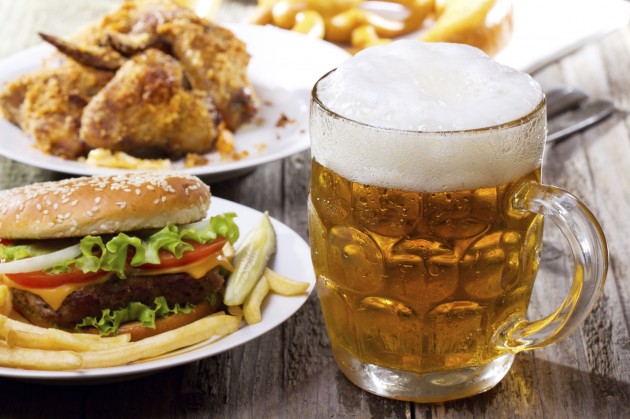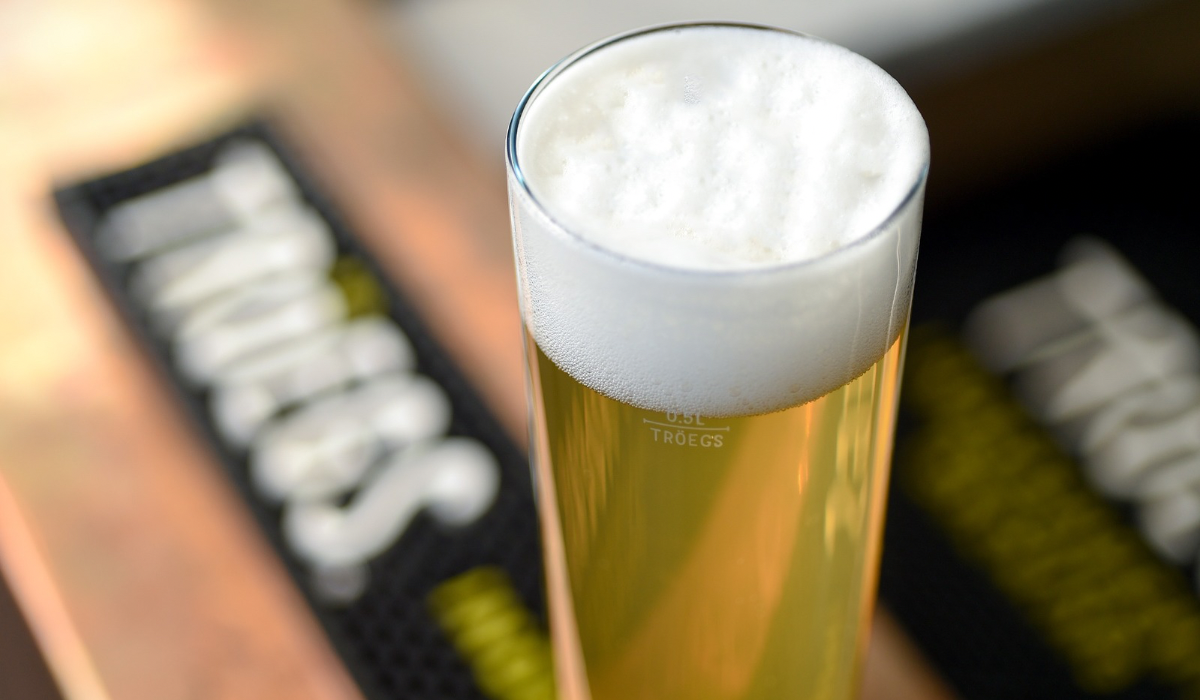Beer is bubbling over as a hot ingredient these days, and chefs and home cooks alike are captivated. This versatile brew has transcended its traditional role in pub fare, making its way into gourmet kitchens and cozy homes everywhere. From adding depth to sauces to infusing flavor in braises, beer is now a key player across the culinary spectrum.
This surge in popularity can be attributed to the growing interest in craft beer culture and a desire among cooks to explore new and inventive ways to elevate their dishes. Whether it’s a light and crisp lager, a robust stout, or a fruity ale, there’s a beer to complement virtually any ingredient or cuisine. Read on to learn more about mastering preparing meals with beer as an ingredient.
Understanding How Different Beers Complement Meals
Various craft beer profiles bring unique characteristics, transforming your meals from ordinary to extraordinary.
- Lagers add a clean taste to fried food batters or marinades. They’re perfect for delicate flavors like seafood, poultry, and light dishes.
- Ales offer a spectrum of tastes. Use them for fruity accents in sauces, hoppy bitterness to balance richness, or a malty depth for hearty meats.
- Stouts and porters bring deep flavors like chocolate, coffee, and caramel. Braise meats in them for richness, add complexity to stews and chilis or even create decadent desserts like brownies.
- Wheat beers add a delicate touch to seafood, salads, and desserts like cobblers or ice cream.
The key is understanding how these flavors work together. By choosing the right beer for your ingredients, you can elevate your dishes to new heights. So, grab a brew, get creative, and unlock a world of culinary possibilities.
And by the way, after delighting your guests with a sumptuous beer-infused feast, consider setting the mood with a curated playlist of upbeat tunes or live music that complements the relaxed atmosphere. Alternatively, engage your guests in some friendly competition with board games, online games, or even a trivia quiz related to beer or cooking.
Incorporating Beer into Marinades
Beer can transform your next meal! Here’s how to create delicious beer marinades:
- Match the beer to your main ingredient. Lighter lagers or wheats are great for chicken and seafood, while bolder stouts and porters complement beef and pork.
- Remember the extras! Herbs, spices, citrus zest, garlic, and onions add depth. Experiment and find your favorites.
- Balance by including sweet (honey), sour (vinegar), salty (soy sauce), and savory (Worcestershire sauce) for a well-rounded taste.
- Strong beers can overpower. Use less or dilute with water. Weaker beers might need longer marinating.
- Marinating times vary. Tough cuts like beef benefit from a long soak (overnight), while fish and veggies need less time to avoid becoming mushy.
- Try different beers and ingredient combinations to discover unique marinades that suit your taste and dish. Take notes on what works so you can recreate your culinary masterpieces.
With these tips, you can look forward to impressing your guests with flavorful and tender dishes.
Beer in Baking and Desserts
Replace water or milk with beer in bread recipes for a lighter, airier loaf. The magic lies in the carbonation, which helps your dough rise higher. Experiment with different beers for varying results. Malty varieties add sweetness, while hoppy ones bring a touch of bitterness.
Beer elevates batters, too. Pancakes, cakes, and even fried favorites like fish and onion rings get a delightful upgrade with a beer bath. The carbonation creates a light, golden crust that’s crispy on the outside and keeps the inside perfectly fluffy.
On the other hand, beer-infused desserts offer a delightful marriage of flavors, combining the richness of beer with the sweetness of traditional sweets. Here are some dessert ideas featuring beer-infused ingredients:
- Beer Ice Cream: Create beer-infused ice cream by incorporating beer into the ice cream base before freezing. Serve scoops of the beer-infused ice cream in glasses of cold beer for a refreshing and indulgent treat.
- Ale Caramel Sauce: Make a rich and flavorful caramel sauce using ale beer as the liquid component. Drizzle the ale caramel sauce over desserts like brownies, cheesecake, or bread pudding for a sweet and tangy finish.
- Beer-soaked Fruit: Soak dried or fresh fruit in beer to infuse it with flavor before using it in desserts like cobblers, crisps, or fruit tarts.
Beer as a Braising Liquid
Beer is an excellent braising liquid, offering several advantages contributing to tender and flavorful results. The variety of beer styles available allows for a range of flavor profiles, from malty sweetness to hoppy bitterness, providing versatility in creating diverse braising liquids to suit different dishes.
Additionally, the acidity in beer helps tenderize tough cuts of meat and vegetables during braising. As the meat or vegetables simmer, the acids in the beer break down connective tissues, resulting in tender and succulent textures. This is especially beneficial for tougher cuts of meat, such as brisket or pork shoulder.
Plus, the carbonation in beer helps to infuse the braised ingredients with moisture, ensuring they remain juicy and flavorful throughout the cooking process. The bubbling action of the beer helps distribute heat evenly. It encourages flavors and other braising aromatics to penetrate the meat or vegetables, resulting in a more evenly cooked and flavorful dish.
With so many beer styles available, from crisp lagers to robust stouts, there’s a beer to suit every taste and dish. Take the opportunity to sample different beers and discover how their unique characteristics can enhance your cooking. Don’t hesitate to think outside the box and experiment with unexpected flavor combinations – you never know what delicious discoveries you might make!















